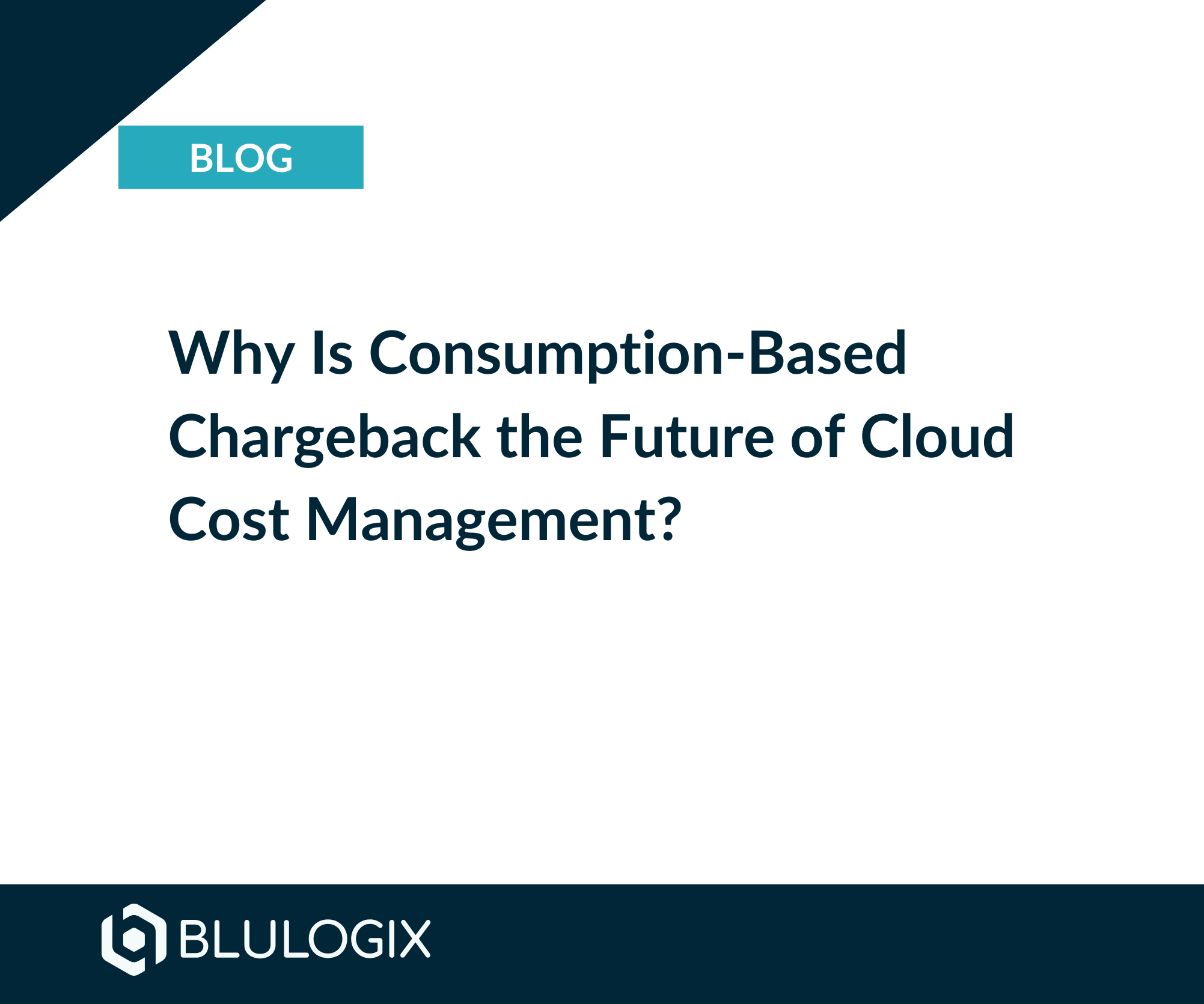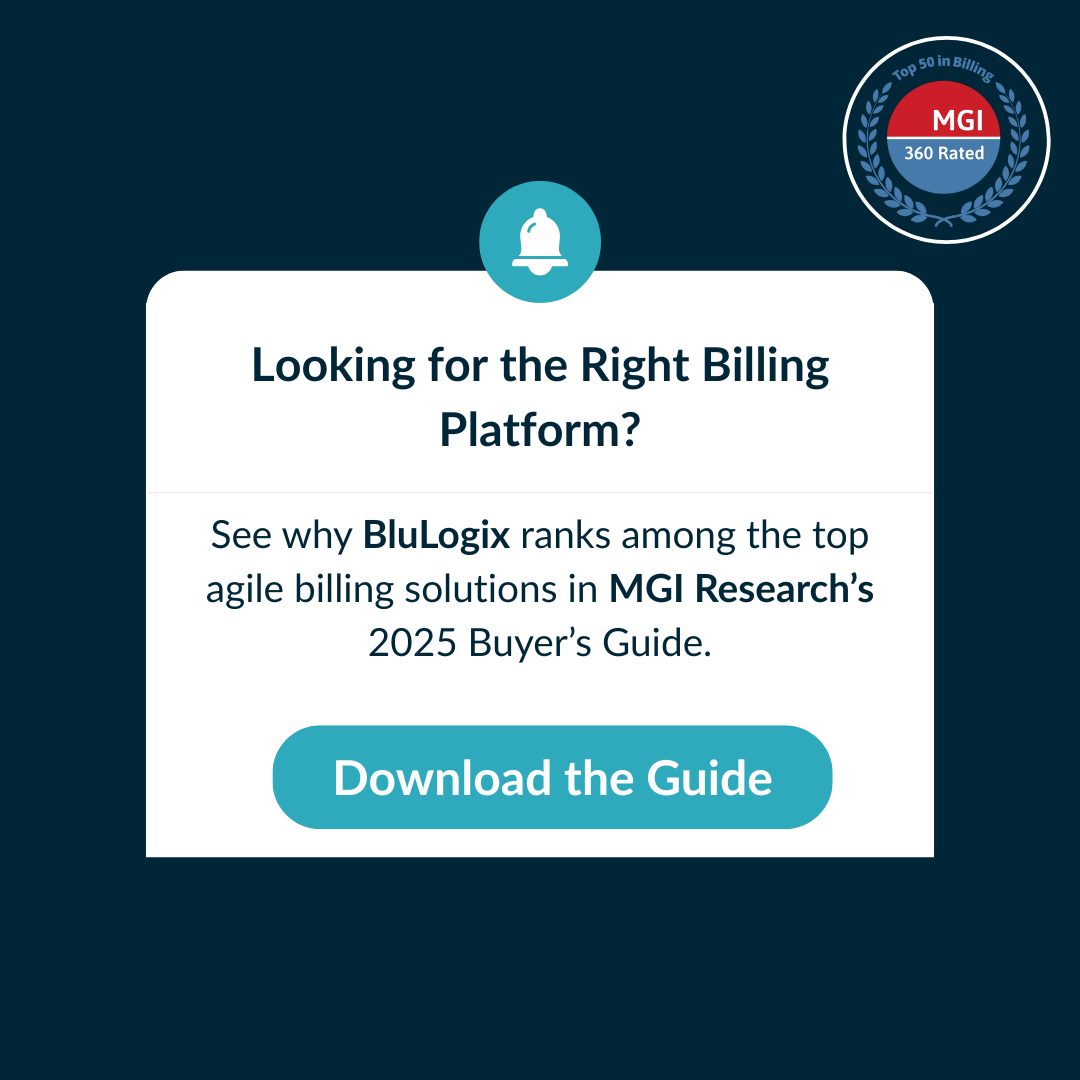Navigating Subscription Billing Account Complexity in Modern Enterprises
In the era of digital transformation, enterprises face unprecedented challenges in managing account complexities. Whether dealing with hierarchical structures, parent-child accounts, or the intricacies of global operations, organizations must adopt sophisticated strategies to maintain efficiency and customer satisfaction.
In this series of blog posts, we will explore how various aspects of business complexity can inhibit growth, reduce revenue and create customer complaints, providing insights into comprehensive solutions and best practices.
Ready to see how BluIQ can transform your billing process and help you achieve integrated, automated, and accurate complex monetization? Schedule a demo with a BluLogix billing expert today and take the first step towards revolutionizing your revenue management.
Understanding Account Complexity
Account Hierarchy: Businesses often operate with a multi-tier account structure, including parent-child relationships where a parent company oversees multiple subsidiary accounts. This hierarchy demands a comprehensive view and control mechanisms to ensure consistent service and accurate billing across all levels.
Parent-Child Accounts: Managing parent-child accounts involves ensuring that billing, services, and reporting are aligned across different layers of the organization. This alignment is crucial for maintaining transparency and facilitating accurate financial reporting.
Enterprise Complexity: Enterprises deal with a vast array of customer accounts, each with unique service requirements, contract terms, and billing cycles. Managing this diversity efficiently requires an integrated approach that can consolidate and streamline these processes.
Strategies for Managing Account Complexity
Unified Account Management: Implementing a unified account management system can significantly reduce the burden of managing multiple accounts. By centralizing account data, businesses can gain a holistic view, enhancing decision-making and improving customer service.
Automation and Integration: Automation of account management processes, coupled with seamless integration with CRM and ERP systems, can eliminate manual errors, reduce delays, and ensure consistency. Automated workflows can handle routine tasks such as invoice generation, payment tracking, and account updates, freeing up resources for more strategic activities.
Scalable Solutions: As businesses grow, their account management needs evolve. Adopting scalable solutions that can adapt to changing requirements is essential. These solutions should support the addition of new accounts, services, and regions without disrupting existing operations.
Transparent Reporting: Transparent and detailed reporting mechanisms help businesses track account performance, identify issues, and make informed decisions. Regular audits and reports can provide insights into account health, helping to preempt potential problems.
Best Practices for Enterprises
Standardize Processes: Standardizing account management processes across the organization ensures consistency and reduces complexity. This standardization should include billing cycles, payment terms, and service level agreements (SLAs).
Training and Support: Providing adequate training and support to account managers and staff is crucial. Understanding the tools and processes in place helps teams manage accounts more effectively and respond to customer needs promptly.
Customer-Centric Approach: Adopting a customer-centric approach in account management ensures that the needs and preferences of each account are prioritized. Personalized service can enhance customer satisfaction and loyalty.
Regular Reviews: Conducting regular reviews of account management practices helps identify areas for improvement. These reviews should assess the effectiveness of current strategies and explore new technologies and methodologies that can further streamline operations.
Managing account complexity in modern enterprises is a multifaceted challenge that requires a strategic and integrated approach. By implementing unified account management systems, leveraging automation, and adopting scalable and transparent solutions, businesses can navigate these complexities effectively. Staying customer-centric and continuously reviewing and improving practices will ensure sustained success in managing account hierarchies and enterprise complexities.
Ready to see how BluIQ can transform your billing process and help you achieve integrated, automated, and accurate complex monetization? Schedule a demo with a BluLogix billing expert today and take the first step towards revolutionizing your revenue management.
Learn more

How Can Public Sector Organizations Turn Chargeback into Strategic Cost Recovery?

How Does BluIQ Transform Manual Billing into Real-Time Chargeback Accuracy?



